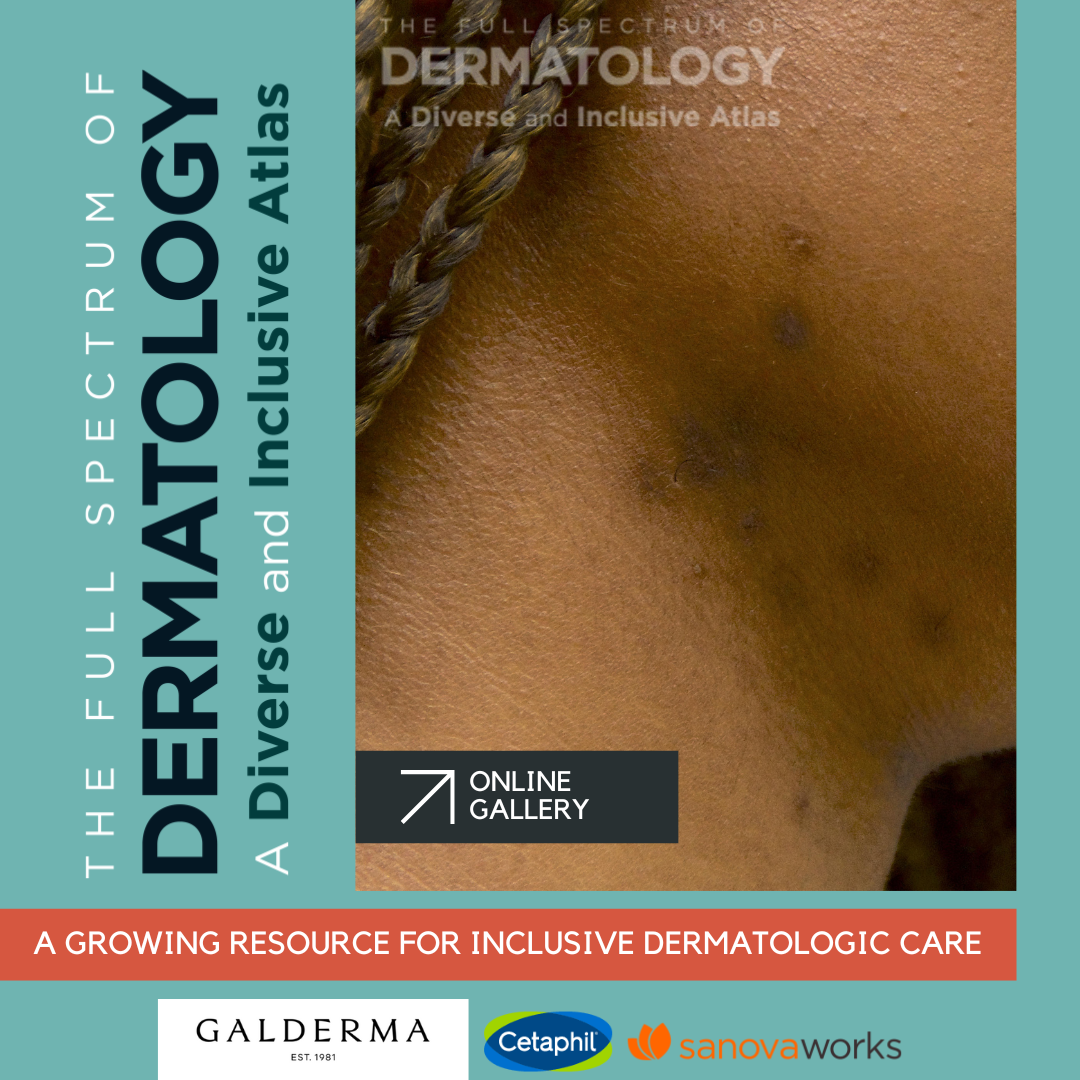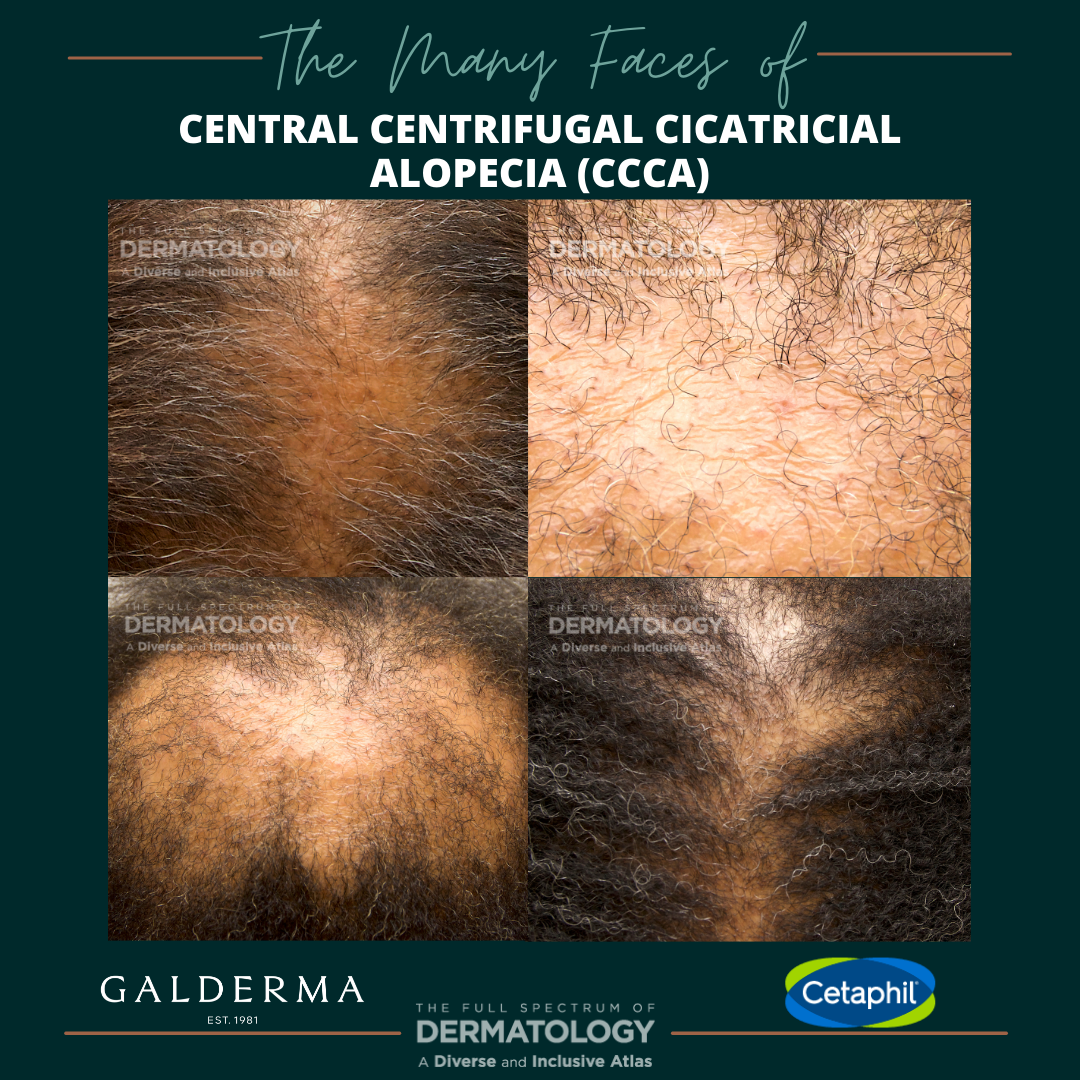Friday Pop Quiz 2/28/2025
 What is the most common site of extracutaneous involvement in this non-infectious disease?
A. Lungs
B. Eyes
C. Bone Marrow
D. Liver
E. Nasal mucosa
To find out the correct answer and read the explanation, click here.
The photo for this week's pop quiz question is from: Full Spectrum of Dermatology: A Diverse and Inclusive Atlas.
Brought to you by our brand partner
…
What is the most common site of extracutaneous involvement in this non-infectious disease?
A. Lungs
B. Eyes
C. Bone Marrow
D. Liver
E. Nasal mucosa
To find out the correct answer and read the explanation, click here.
The photo for this week's pop quiz question is from: Full Spectrum of Dermatology: A Diverse and Inclusive Atlas.
Brought to you by our brand partner
…
 What is the most common site of extracutaneous involvement in this non-infectious disease?
A. Lungs
B. Eyes
C. Bone Marrow
D. Liver
E. Nasal mucosa
To find out the correct answer and read the explanation, click here.
The photo for this week's pop quiz question is from: Full Spectrum of Dermatology: A Diverse and Inclusive Atlas.
Brought to you by our brand partner
…
What is the most common site of extracutaneous involvement in this non-infectious disease?
A. Lungs
B. Eyes
C. Bone Marrow
D. Liver
E. Nasal mucosa
To find out the correct answer and read the explanation, click here.
The photo for this week's pop quiz question is from: Full Spectrum of Dermatology: A Diverse and Inclusive Atlas.
Brought to you by our brand partner
… 

 A 28-year-old female patient presents with the recent onset of lesions on her right forearm, as shown. She notes that her mother has a history of similar lesions and has a history of pernicious anemia. On examination, she has no lesions elsewhere on her body. Which of the following patient factors is most associated with disease progression in the patient’s condition?
A. Age
B. Family …
A 28-year-old female patient presents with the recent onset of lesions on her right forearm, as shown. She notes that her mother has a history of similar lesions and has a history of pernicious anemia. On examination, she has no lesions elsewhere on her body. Which of the following patient factors is most associated with disease progression in the patient’s condition?
A. Age
B. Family …  The Full Spectrum of Dermatology: A Diverse and Inclusive Atlas continues to revolutionize dermatology education and patient care by addressing disparities in recognizing skin conditions across diverse skin tones. Initially introduced as a print edition in 2021 and followed by the launch of the Inclusive Derm Atlas Online Gallery in 2022, this initiative is expanding rapidly and making a profound …
The Full Spectrum of Dermatology: A Diverse and Inclusive Atlas continues to revolutionize dermatology education and patient care by addressing disparities in recognizing skin conditions across diverse skin tones. Initially introduced as a print edition in 2021 and followed by the launch of the Inclusive Derm Atlas Online Gallery in 2022, this initiative is expanding rapidly and making a profound …  Are you in need of inclusive and diverse images representing various skin tones for your lectures or presentations? We have you covered. Check out this “How To” tutorial for The Full Spectrum of Dermatology: A Diverse and Inclusive Atlas Online Gallery. This comprehensive resource features over 100 common skin conditions, showcasing royalty-free images that require no permission for non-commer …
Are you in need of inclusive and diverse images representing various skin tones for your lectures or presentations? We have you covered. Check out this “How To” tutorial for The Full Spectrum of Dermatology: A Diverse and Inclusive Atlas Online Gallery. This comprehensive resource features over 100 common skin conditions, showcasing royalty-free images that require no permission for non-commer …  Unique characteristics of Central Centrifugal Cicatricial Alopecia (CCCA) range from hair breakage and thinning to follicular dropout and scarring to pinpoint papules within areas of new onset scarring.
Central centrifugal cicatricial alopecia (CCCA) is a progressive scarring alopecia affecting 3-6% of middle-aged, almost exclusively, Black women. CCCA classically presents as a patch of hai …
Unique characteristics of Central Centrifugal Cicatricial Alopecia (CCCA) range from hair breakage and thinning to follicular dropout and scarring to pinpoint papules within areas of new onset scarring.
Central centrifugal cicatricial alopecia (CCCA) is a progressive scarring alopecia affecting 3-6% of middle-aged, almost exclusively, Black women. CCCA classically presents as a patch of hai …